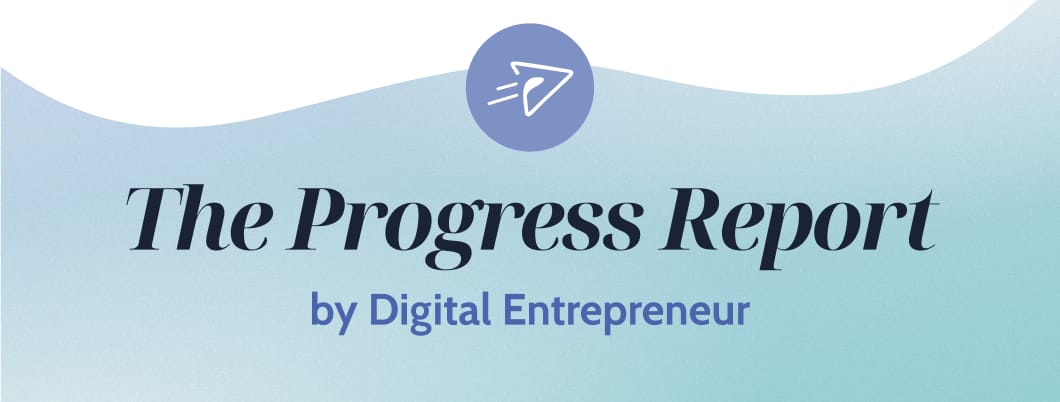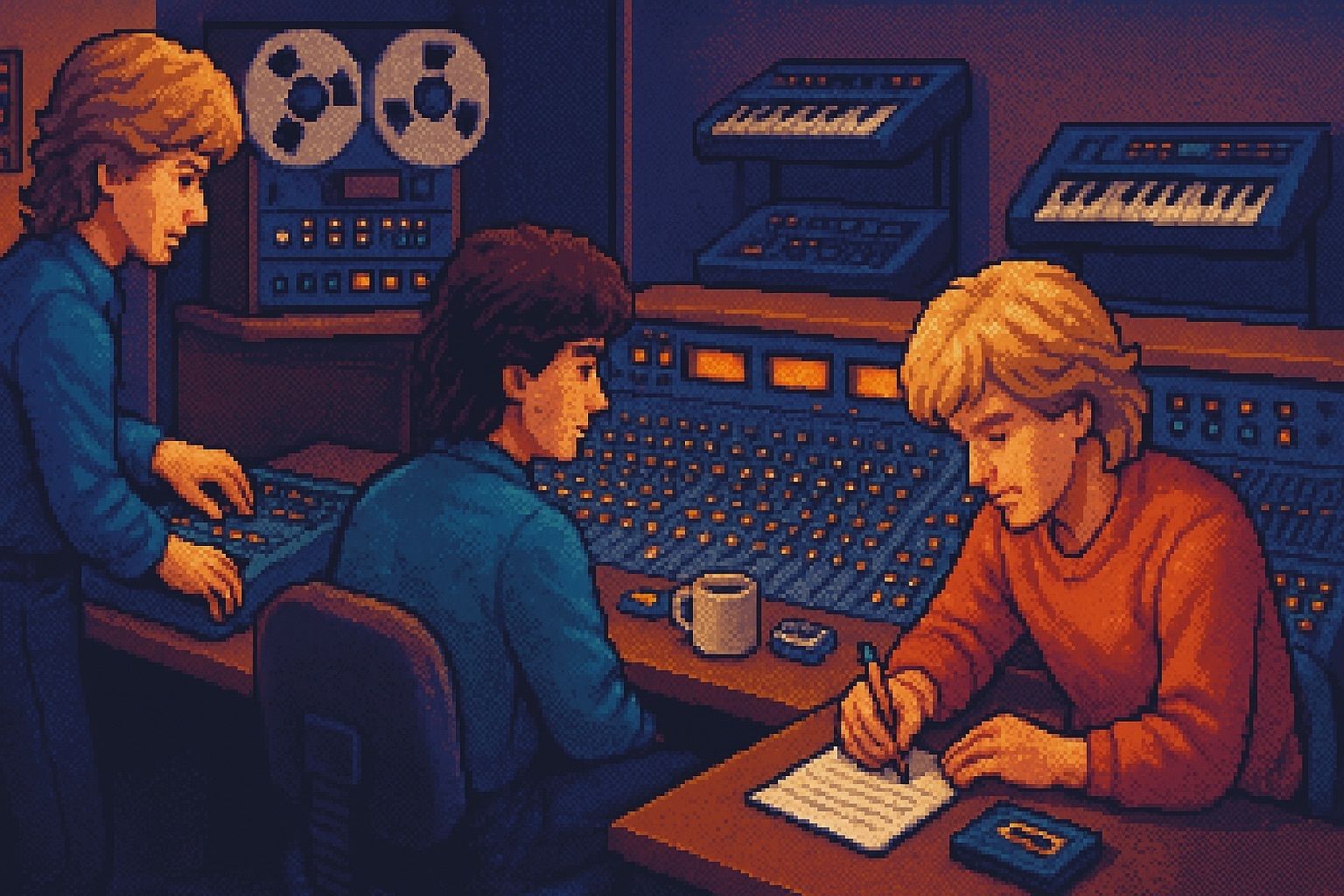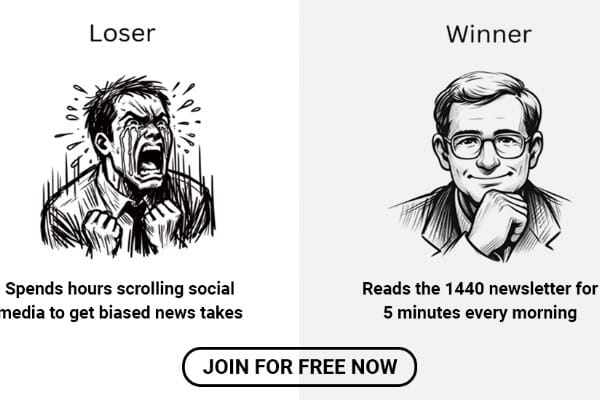
November 4, 2025
In partnership with

You prepare for weeks. With a knot in your stomach, you do it: you launch your product.
Aaaand… it flops.
The offer you spent countless hours building gets silence. Maybe a few pity purchases from friends.
You think: the market has spoken.
But the market didn't reject your idea. It rejected this version of your idea.
It’s a humbling exercise in resilience, and pretty much universal. But I find that many people misinterpret the lesson it imparts. Resilience isn't about “grinding harder” on something broken. It's believing the core is solid while you fix everything around it.
Audience. Positioning. Packaging. Price point. There are a million things at play during your first launch.
When something doesn't work, you have two choices: abandon it, or iterate on it.
The gap between failure and breakthrough is usually just one more version.
How one of the world’s most recognizable songs flopped five times before it popped
What being “resilient” means when your launch falls flat
How to tell the difference between a bad idea and a good idea with bad execution
Sponsored
News. Without Motives. That’s 1440
Be the smartest person in the room by reading 1440, where 4.5 million Americans find their daily, fact-based news fix.
They navigate through 100+ sources to deliver a comprehensive roundup from every corner of the internet: politics, global events, business, and culture, all in a quick, 5-minute newsletter.
It's completely free and devoid of bias or political influence, ensuring you get the facts straight.
Weekly Insight

People often call breakthroughs “a-ha” moments. Today, we’re going to take that a look at A-ha’s a-ha moment.
Let me explain.
It was 1982. Paul Waaktaar-Savoy and his bandmate, Magne Furuholmen, were teenagers in Norway with a pact: move to England and get a record deal.
For a couple of young Norwegian men, this was completely unheard of, and more than a little optimistic. Norway just…wasn’t relevant in the world of pop music. They had no connections. No real plan. Just eight songs on a cassette tape.
One of those songs had a riff Paul* loved, and a chorus he hated. It was called Miss Erie, an attempted play on the word “misery.” The lyrics went nowhere, but its core riff was good.
So they rewrote it. New title: Lesson One. Brighter, bubblier sound.
Paul still hated it. It had “too much sugar,” and “didn't give [him] goosebumps.”
They went through iteration after iteration.
Added a third member, Morten Harket, who could sing impossibly high notes.
Changed the production.
Swapped guitars for synths.
They called it Take On Me.
Finally, it started to go somewhere. In true entrepreneurial fashion, they took this as a sign to book one-way tickets to England. They figured they'd “make it work once [they] landed.”
Two weeks in, it wasn’t working. Nobody in England was taking them seriously.
With a crazed desperate look in their eyes, they scraped together their last bit of money and booked three days in a studio.
The studio’s owner loved what he heard.
He introduced them to his friend Terry Slater: a music industry talent scout who'd just left his label job to start managing bands. Slater saw something in them, and signed on as their manager.
Over the next few months, Slater used his industry connections to get them in front of the right people. Eventually, Warner Brothers UK offered them a deal.
The deal earned them a lifeline, but they hadn’t “made it” just yet.
For the next two years, the band pulled graveyard shifts to work on the song. 4 AM to 10 AM — whenever the studio’s paying clients weren't there — you’d find them jamming out.
Finally, they recorded a version they were happy with. A version they thought would “break through.”
Warner released it in 1984.
It didn't chart.
Most bands would have quit. Not Paul, Magne, and Morten.
They got a new producer and spent five straight days in the studio. New drum programming. A halftime snare that gave the whole song “a different swagger.” Morten's falsetto in exactly the right spot.
They convinced Warner to release it again.
It still didn’t chart.
At this point, any rational person would have given up. Two releases, two flops. But according to Paul, they were “100% confident” at this point. “Not a doubt in our minds.”
Their label disagreed.
Warner’s UK arm had already spent a fortune on a half-finished album, with nothing to show for it. Heck, they had already re-released the song. The probability of getting another chance didn’t look good.
So they didn’t ask Warner UK for another chance. Instead, they sent it to Jeff Ayeroff, a new exec across the pond at Warner US.
Ayeroff fell in love with the track.
He worked with the band to pair the song with an animated music video that became just as iconic as the song itself, then launched it in America.
This time, the song slowly started to climb.
When it hit Top 100, the band was ecstatic. Top 40 felt unbelievable. Top 20 was a high they couldn't process.
Then it hit number one.
Five versions. Three years. Two market failures. But, at its core, the same song.
The song wasn't the problem. The production was. Then the market was. Then the promotion strategy was.
A-ha knew they had “it” early on. They just needed to keep refining until everyone else heard it, too.
*normally, I use featured founders’ last names when referring to them. Normally, they aren’t Norwegian names like “Waaktaar-Savoy” and “Furuholmen”. First names it is.
📚 Related Reading
A-ha (Song Exploder)
The story behind Take On Me, told by Paul himself. It’s a masterclass in resilience, reinvention, and trusting your core idea in spite of failure.10 lessons on persistence and drive (World Economic Forum)
Quick, inspiring advice from leaders playing the long game. A good reminder that success is not a single leap, but a series of steps.Stay with problems longer (Forbes Tech Council)
Why breakthroughs more often come from sitting with your unsolved problems than by chasing shiny new ones.
Intent to Action
When a launch flops, the reflex is to either double down or abandon ship entirely.
Both can be wrong.
The question isn't “should I keep going?” It's “is the core worth refining?”
Here's how to tell the difference:
Do you still believe in the core of what you’re doing?
Paul hated the chorus of “Take On Me” for years. But he never doubted the riff.
If you're questioning the fundamental premise of your offer, that's different than questioning the execution. Resilience isn't about defending something broken. It's about knowing what's solid and what needs work.
Ask yourself: if you could wave a magic wand and fix the packaging, positioning, and promotion, would you still believe in what you're selling?
If yes, keep refining. If no, it might be time to move on.
Are you getting any signal?
A-ha had believers at every stage. Slater saw something. Ayeroff fell in love with the track.
Zero believers is different from not enough believers.
If nobody is responding, you might have a mismatch between your offer and the market. But if some people get it, that's a distribution problem, not a product problem.
Look for the signal in the noise: are there any early adopters who genuinely love what you've built? Any feedback that suggests you're close?
Can you isolate what's not working?
A-ha could pinpoint exactly what needed to change at each stage. First it was production quality. Then it was the market. Then it was the promotional strategy.
If everything feels broken, you might need to step back and rethink the whole approach. But if you can identify the specific variable that's off, you have a clear path forward.
Write it down: is it your pricing? Your messaging? Audience? Channel? Timing?
If you can name it, you can fix it.
Do you have runway to iterate?
This is the question nobody wants to ask.
A-ha had managers, label backing, and studio access. They could afford to try five times.
Can you afford another version without derailing everything else in your business? Or are you forcing it because you've already invested so much?
Resilience is admirable. Stubbornness that bankrupts you… not so much.
If you've got runway, iterate. If you're out of runway, it might be time to shelf this idea and come back to it later when you're in a stronger position.
The difference between A-ha and the thousands of bands who never made it wasn't just talent. It was knowing what to refine and having the resources to keep refining it.
If you have something that you think is uniquely itself, you never lose faith in it. But it does help to be a little bit stubborn.
Sponsored
CTV ads made easy: Black Friday edition
As with any digital ad campaign, the important thing is to reach streaming audiences who will convert. Roku’s self-service Ads Manager stands ready with powerful segmentation and targeting — plus creative upscaling tools that transform existing assets into CTV-ready video ads. Bonus: we’re gifting you $5K in ad credits when you spend your first $5K on Roku Ads Manager. Just sign up and use code GET5K. Terms apply.
🧰 Toolbox
Hotjar | Reveals how people interact with your site through heatmaps and recordings, to show you what’s working and what’s not.
UserTesting | The qualitative complement to Hotjar, UserTesting also tracks users’ on-site behavior, but is tailored towards in-depth research with recruited participants.
VWO | Run A/B tests on copy, headlines, or layouts to see which version performs better, then make data-driven iterations.



